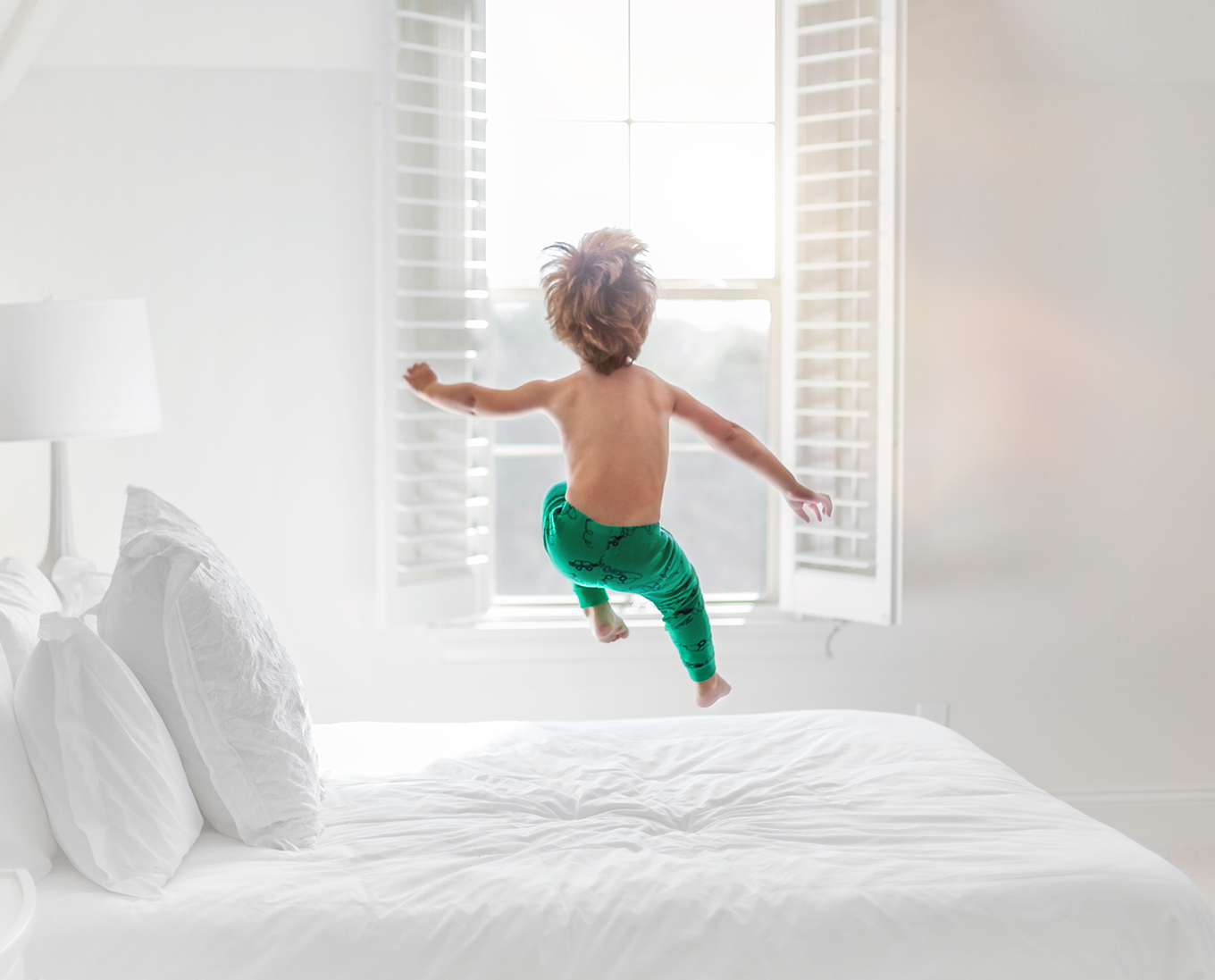How to freeze motion on a photo.
Manual mode
Like many photographers, I took the camera in hand when my son was born, so that I could shoot every scene as it grows. As soon as he began to crawl, I quickly realized that I needed to learn how to photograph moving objects.
 Now my favorite pictures are where he runs and jumps, because it truly reflects his adventurous personality.
Now my favorite pictures are where he runs and jumps, because it truly reflects his adventurous personality.
Just as a caricature emphasizes the distinctive characteristics and characteristics of someone, motion capture has a similar effect. At first it can be very difficult. As with everything else, practice helps improve skills. It’s unbelievable when you make a single moment freeze for a period equal to eternity!
1) Short exposure.
I always try to shoot at shutter speeds of 1/400 or higher to get a clear picture, even if my subject is not moving. I do not have a tripod that would help while shooting with my heavy lenses, so a high shutter speed helps to compensate for this disadvantage.
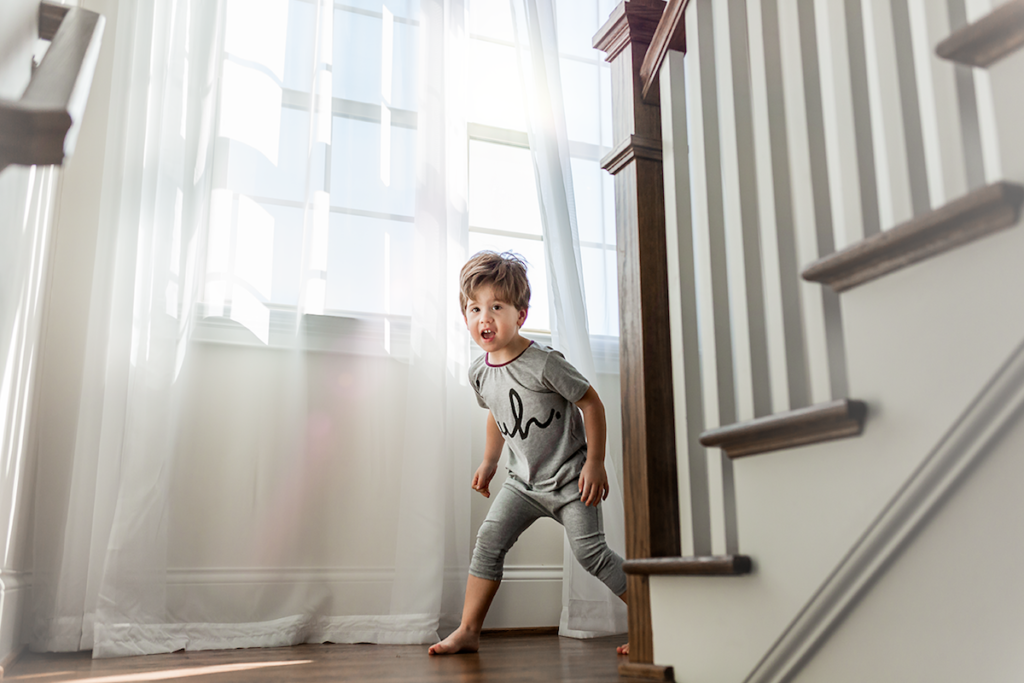
If I have a lot of light to work with, I will increase the shutter speed as much as I can, without too underexposing the subject. If my object jumps or spins, my ideal shutter speed will be 1/1250 or higher.
Using a high shutter speed allows me to focus on the main subject and then take some pictures very quickly.
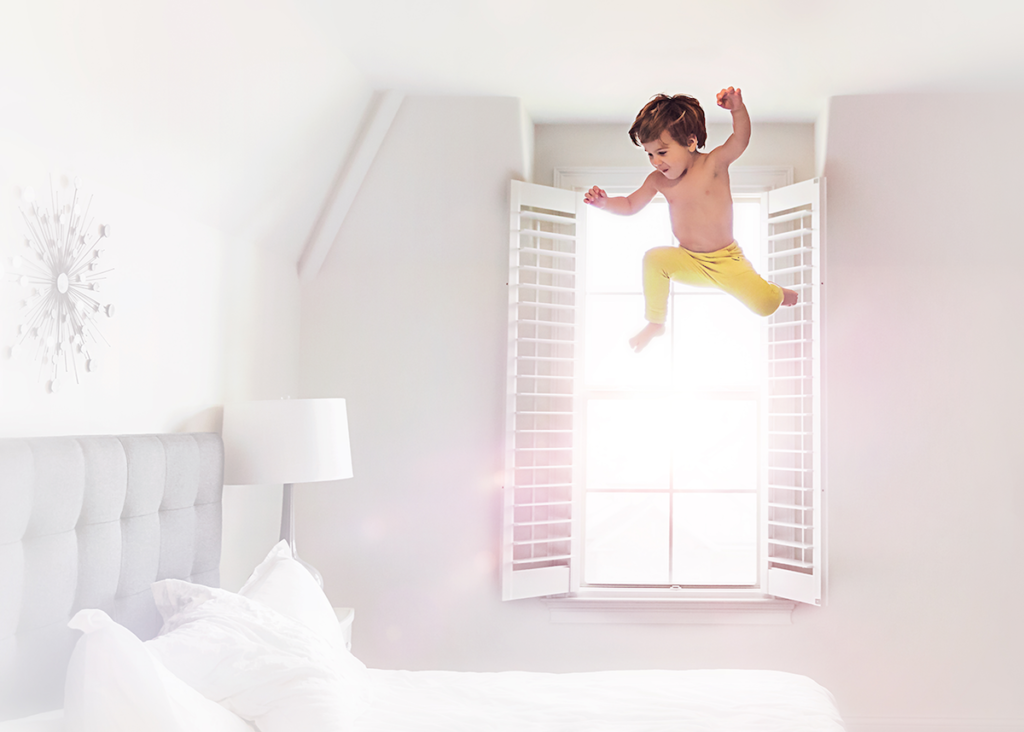
2) High ISO.
Do not be afraid to increase the ISO to achieve a higher shutter speed. When I shoot moving objects in the room, sometimes my ISO reaches 2000. Then I will reduce the amount of noise / graininess in Lightroom using the brightness slider. Personally, I do not mind a small grain in the frames.
3) Motion creation.
Making a move is easy when you are photographing children! By offering the child to jump, run or spin, he can have fun and take part in a photo shoot. Count to three and then have your subject do the desired action.
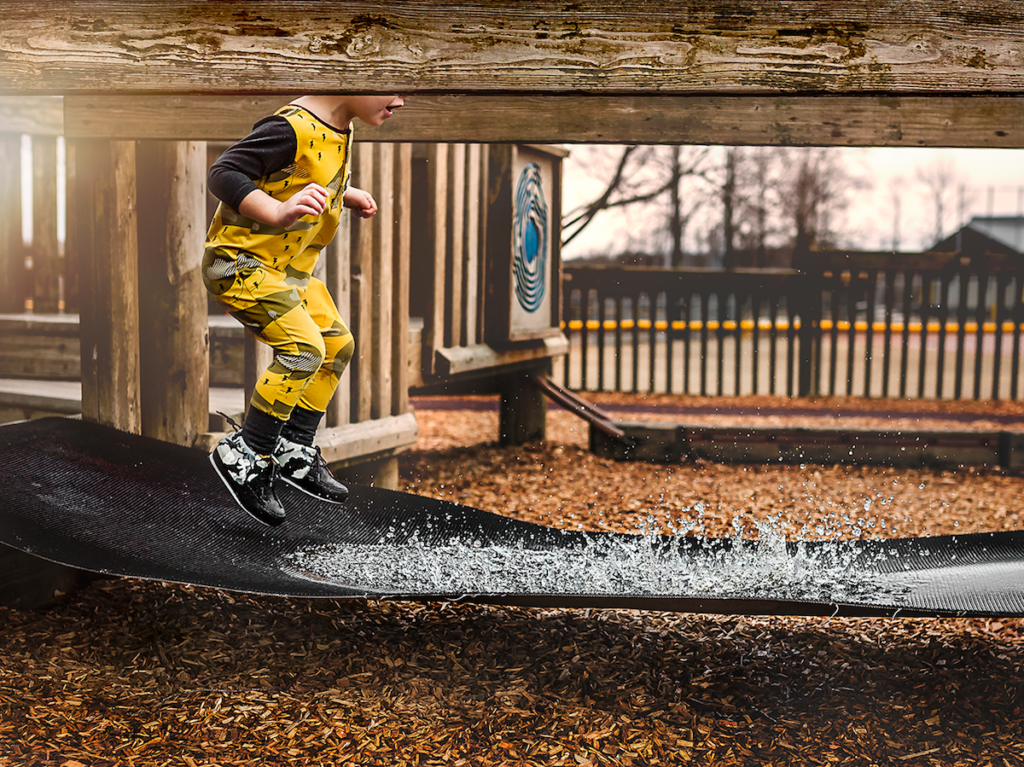
A fun tip that will give your photos a little extra energy is to ask the child to jump and simultaneously throw something into the air. During the jump, the child is stretched to his full height, which makes the photos even more interesting and lively.
I also like to incorporate natural elements in the frame, such as wind and water, to depict energy and movement!
4) Aperture 3.5-2.8
When using higher apertures, it is easier to focus the entire moving object in the spotlight. If I shoot outside with a lot of light, I start working with the aperture value around f3.5.
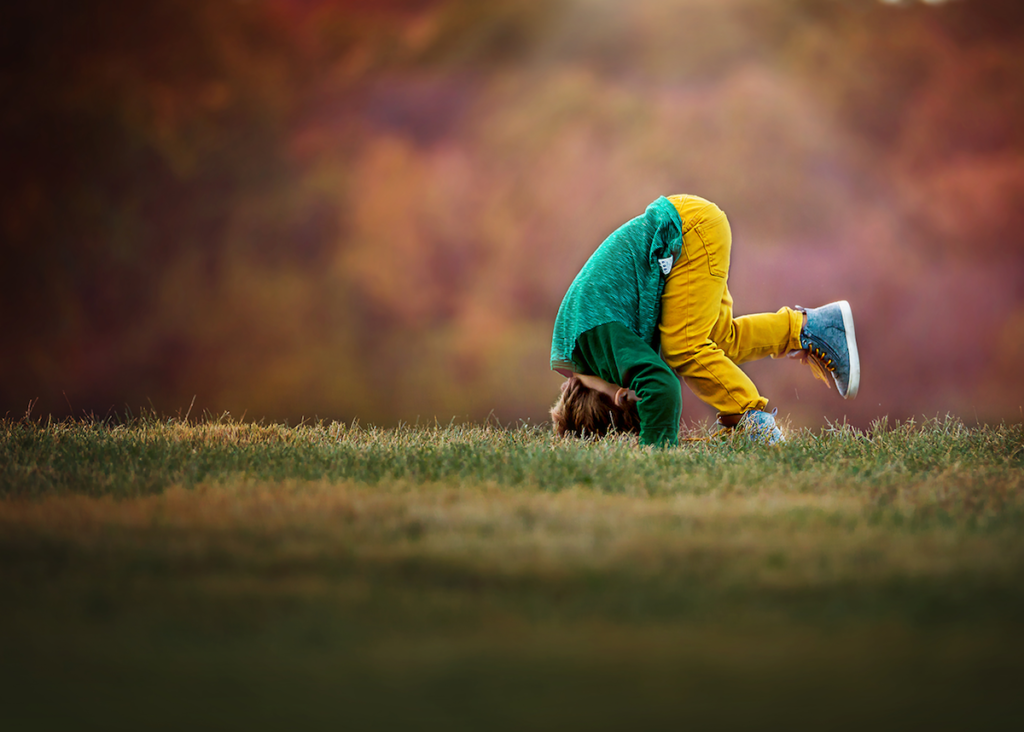
When I work indoors and I need more light, I try to bring the aperture closer to 2.8. Once you are really good at short exposures, you can try shooting at a wider aperture to get a creamy bokeh, freezing and keeping the moving object in focus.
5) Experiment.
What is the best in photography? That there is no right or wrong way to get the desired result. Photography is an interpretation. I never start or finish a photo session on the same settings.
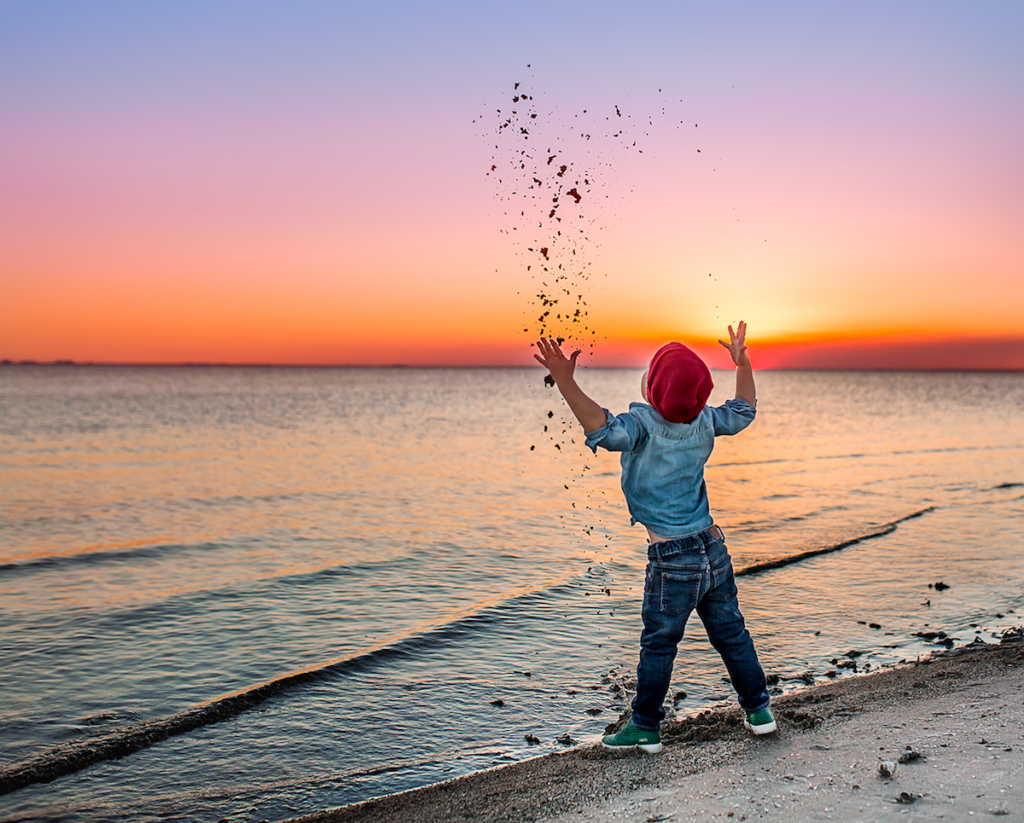
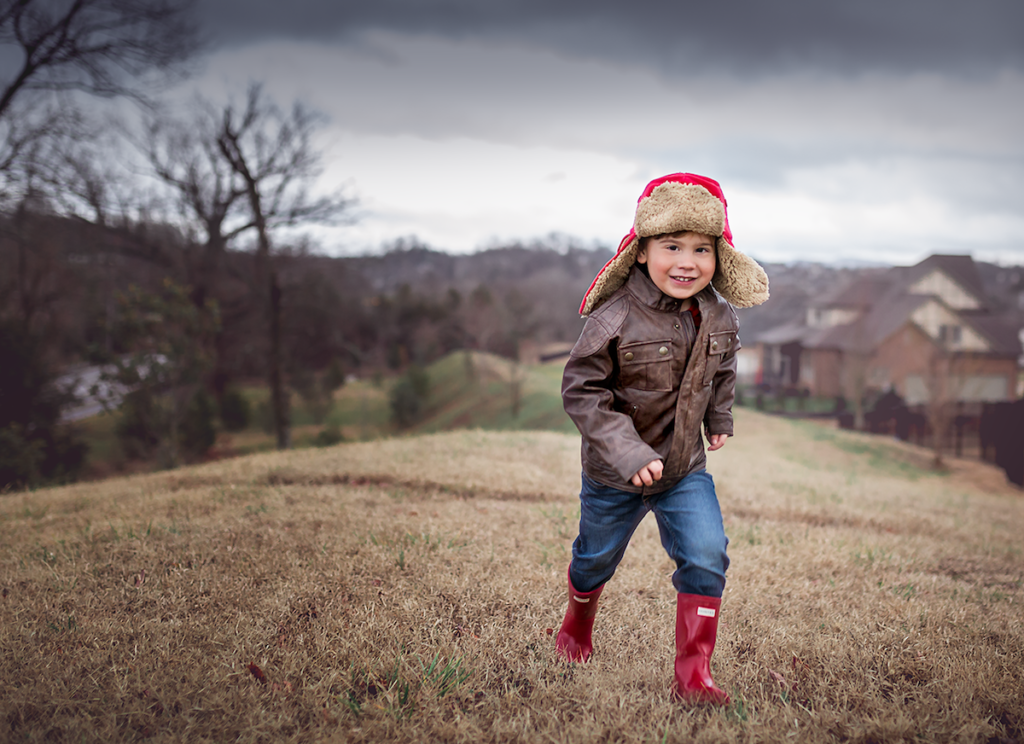
I take some pictures and look at the viewfinder to see if I like what I see. If the result does not suit me, I will adjust accordingly. I will be the first to admit that not all of my “moving” objects are in focus.
However, I take a lot of shots very quickly, which increases the chances of getting an inspirational picture! For me, a frame that successfully conveys energy and emotions always surpasses a technically perfect photo.
Author: Tara Herron
See also: Dark and moody food photography
